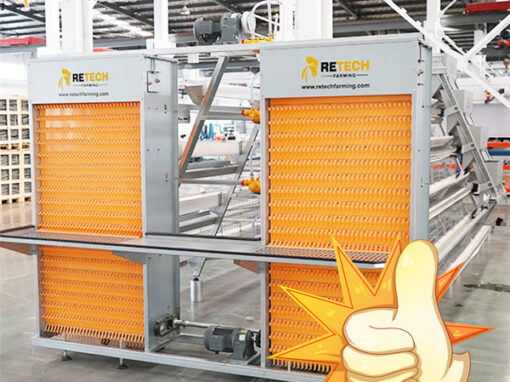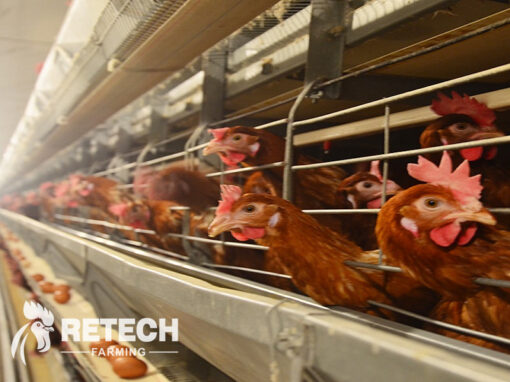Chick management refers to a series of comprehensive technical measures taken to ensure the normal growth and development and health of chicks, including temperature, humidity, ventilation control, beak breaking, toe breaking, crown cutting and disease control measures.
1.Temperature
Temperature is the key to brooding, and must be strictly and correctly mastered. The temperature of the brood includes both the temperature of the brooding room and the brooder. The house temperature should be lower than the temperature of the apparatus, so that the entire brood environment temperature presents high, medium and low. This can promote air flow on the one hand, in addition to allowing each chick to find the optimum temperature they need, because there are individual differences in the needs of chicks for temperature, which is called “temperature difference brooding”.
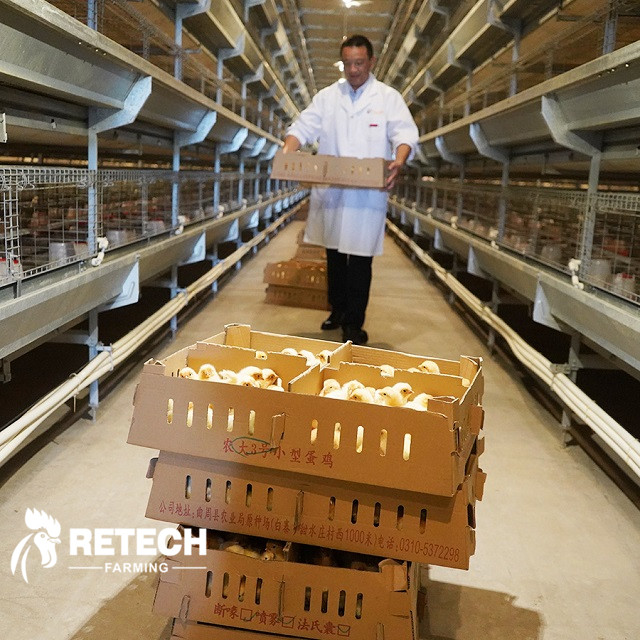
pullet chicken cage
In addition to the chicks coop temperature, the main way to measure the temperature of the chicks is to watch the behavior of the chicks and listen to the chicks’ cries. Chicks are active, appetite, drinking water in the right amount, normal feces, shiny feathers, evenly distributed in the brooder cage, quiet and neck rest at night, that the temperature is normal; chicks away from the heat source, two wings open, stretching neck open mouth breathing, a lot of water, squeaking, the temperature is too high; if chicks gather a bunch as close as possible to the heat source, and make a twittering sound, the temperature is too low.
Temperature control is generally high at the beginning and low at the end; high for small groups and low for large groups; high for weak chicks and low for strong chicks; high at night and low during the day.
Brown-shelled hens require a slightly higher temperature in the early stage because their feathers grow later than those of light hens, but later the temperature is the same as that of light hens.
2.Humidity
Humidity in the brooder is not as strict as temperature. However, when humidity is too high, too low or interacts with other factors, it can be very harmful to young chicks.
Suitable humidity for young chicks
Humidity range should be flexible according to different regions and seasons, generally for 0 to 10 days old chicks in the brooder requires 60% to 70% relative humidity, and 50% to 65% relative humidity in the brooder after 10 days of age. Generally after 10 days of age to pay attention to prevent high temperature, high humidity and low temperature, high humidity.
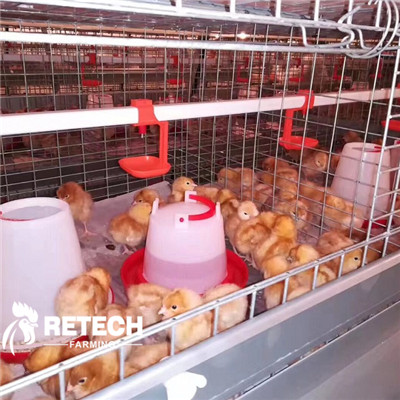
day old chicks
the hazards of high humidity environment
In the case of high relative humidity in the house temperature, chicks appear to have difficulty in dissipating heat, causing an increase in body temperature or even heatstroke.
Low humidity
The air is excessively dry and the amount of dust in the air is high. In addition, low humidity is also conducive to the survival of Staphylococcus, chicken dysentery, Salmonella and viruses with lipoprotein vesicles; low humidity is one of the causes of poor feather growth in poultry; if chicks can not drink water in time, dehydration may also occur, increasing mortality.
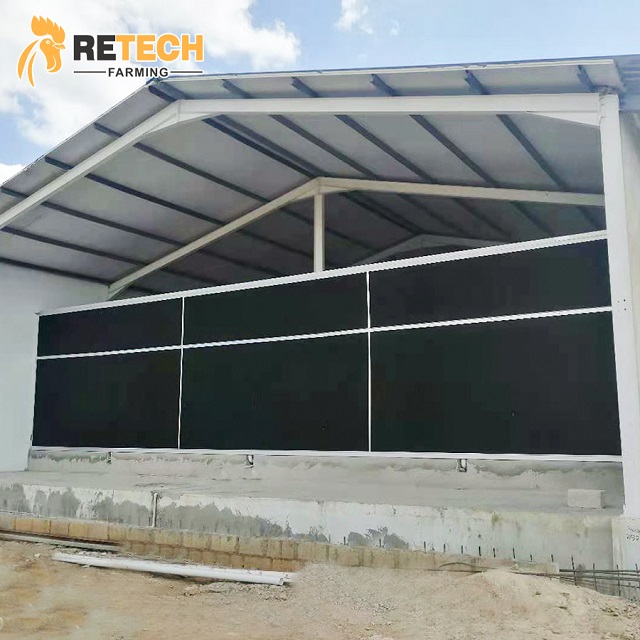
chicken farms
Humidification methods
There are many methods, such as hanging a wet curtain indoors, putting a water basin on the stove to produce water vapor, and sprinkling water directly on the ground when raising chicks online flat or in cages. In addition, adding disinfectant to water to the coop and chicks to implement the spray, you can increase the humidity, but also to disinfect the chicks.
Measures to be taken when the humidity is too high
Excessive humidity can be reduced by increasing the amount of ventilation to reduce the humidity of the air in the house, but in the cold season due to increased ventilation is not conducive to the maintenance of the temperature in the house, if the bedding ground brood, should often turn the bedding, remove caking, and update part of the bedding when necessary. Another measure is to add 0.1 kg of calcium superphosphate per square meter in the bedding and matting to absorb the moisture in the house and bedding. At the same time, attention should be paid to strengthen the management of drinking water to prevent water leakage.
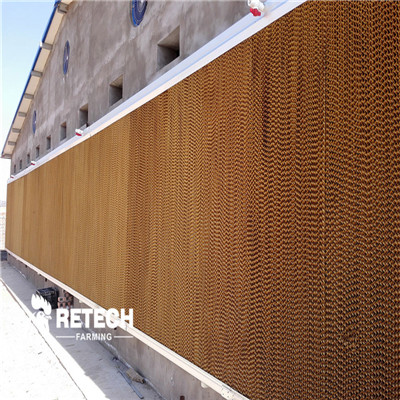
cooling pad

